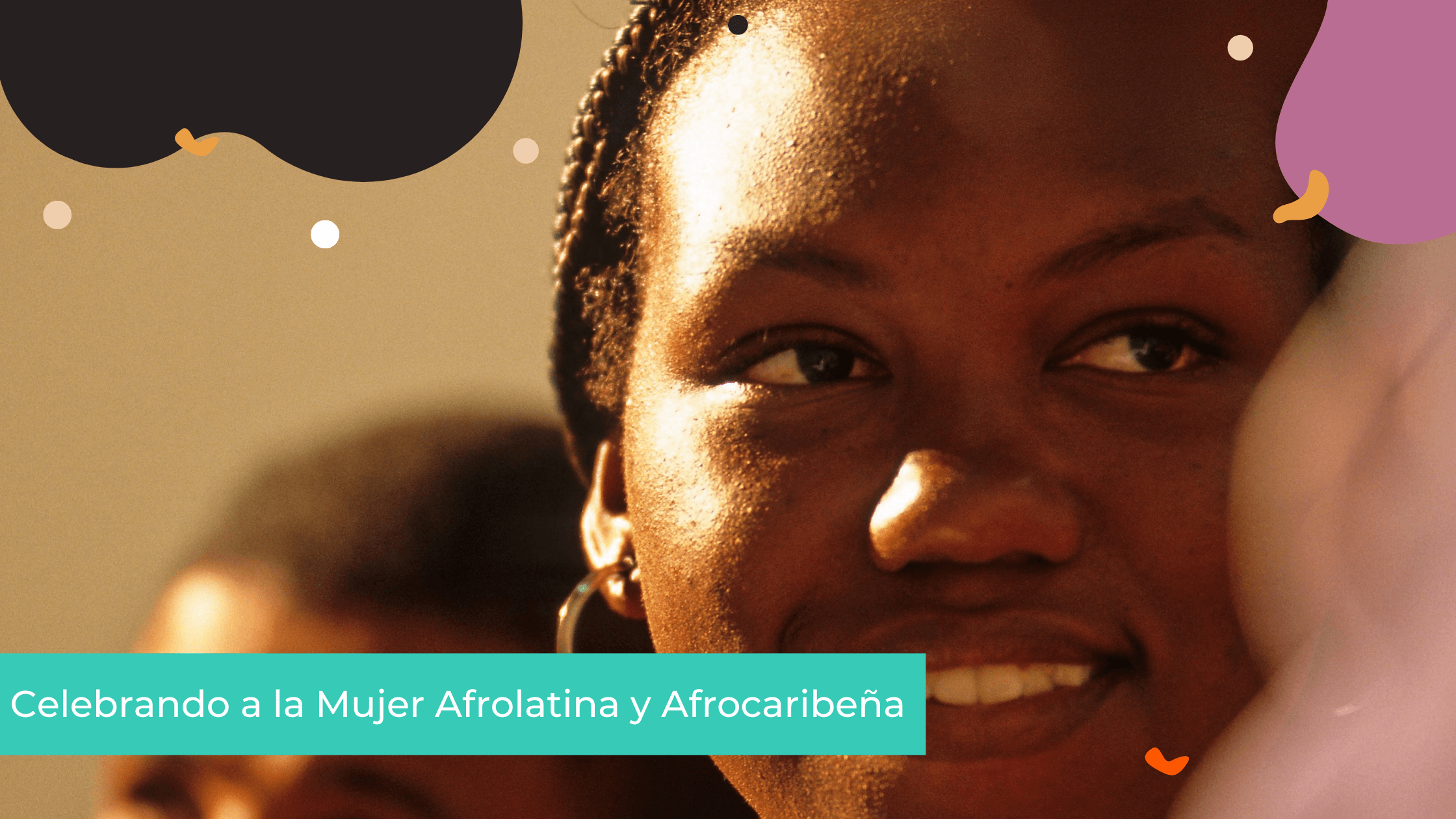
Potential of Afro-Panamanian women
Did you know that in Panama, Afro-descendant women have higher unemployment rates (5.8% higher) and that their labor income is 10% lower than that of non-Afro-descendant women? Did you know that this happens, even though, on average, they have a higher level of education than the rest of the population?
At the IDB, a key part of our work is focused on inclusive and equitable economic growth. This is why we have a long-term commitment to promote inclusion policies with cultural identity for Afro-descendants in Latin America and the Caribbean, documenting data and evidence of the exclusion of vulnerable populations and strengthening public policies through the construction of strategies for inclusion.
Being of African descent in Panama
In 2018, we approved in Panama a Technical Cooperation to provide support to the government in the development of the National Strategy for Public Policies for the Afro-Panamanian Population . Part of this work includes the Report on the Afro-Panamanian Population , a diagnosis on the situation of the Afro-descendant population based on the information available in the 2010 Census and the Household Surveys carried out by INEC, focusing both on conditions at the national level, as the reality of the provinces with a high concentration of Afro-Panamanians, such as Bocas del Toro, Coclé, Colón, Darién and Panamá
This diagnosis yielded, among other interesting results, the fact that Afro-descendant women have, on average, 11.3 years of education, outnumbering non-Afro-descendant women by almost half a year (10.9) and even men by a full year (10.3 ). However, they experience higher unemployment and receive lower wages. Their monthly income is not only 10% lower than that of non-Afro-descendant women, but it is comparatively 14% lower than that of Afro-descendant men and 21% less than that of non-Afro-descendant men. These data, disaggregated by gender, race, and ethnicity, are essential for the design of evidence-based public policies that focus on promoting the economic empowerment and social inclusion of Afro-Panamanian women.
Voice and Leadership
Gender gaps in labor exclusion, wages, and leadership positions present a waste of female talent with measurable costs for the Panamanian economy. According to the diagnosis of the Gender Parity Initiative , a public-private platform promoted by the World Economic Forum together with the IDB and the Government of Panama , it is estimated that the Gross Domestic Product per capita of Panama would increase by 21% if the labor participation of women and men.
And it is not difficult to imagine the positive impact that the inclusion of more Afro-Panamanian women in leadership positions could have since, when they manage to occupy these spaces, wonderful things happen. There is Graciela Dixon, the first Afro-descendant woman to serve as President of the Supreme Court of Justice, under whose mandate improvements to the judiciary were made, such as the introduction of online procedures to increase efficiency and transparency. Another example is Mireya Peart, who from her trench as Coordinator for Central America of the Network of Afro Women , supports and oversees the country's efforts in promoting policies that prevent discrimination and sexism. There are women such as Urenna Best, Director General of the National Secretariat for the Development of Afro-Panamanians, with whom the IDB has worked on the Report on the Afro-Panamanian Population, and Miroslava Herrera and Tatiana Rios, of the musical group Aphrodisiac , who with the song " What do you smear on your hair? ”, A hymn about the legacy of Afro hair, they speak of resistance, rebellion and freedom before the canons of beauty and aesthetics that frequently dominate the narratives of our region. This just to name some of the wonderful Afro-descendant women who with their work exert positive changes in the direction of the country.
Data for development
The Afro-descendant population of Panama has been an engine in the development of the country, from the time of the conquest to the construction of the railroad and the Canal, but its contribution, and that of its women, has not received adequate recognition. One of the main challenges for the design of evidence-based public policies is the lack or absence of statistical information and quantitative analysis, disaggregated by ethnicity and race. Measuring the socioeconomic gaps faced by people of African descent in access to employment opportunities and income is essential to reverse the situation and promote their development in Panama, as well as throughout the region.
At the IDB, we are determined to continue working to create opportunities for the full economic empowerment and social inclusion of Afro-descendant women . To do this, we make ourselves available to collaborate in creating public policies and generating spaces where women, especially Afro-descendant women, can reach their full potential, and thus occupy many more leadership and decision-making positions in Latin America and the Caribbean. We will all benefit from it.

Leave a Reply